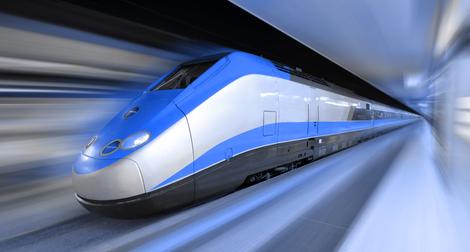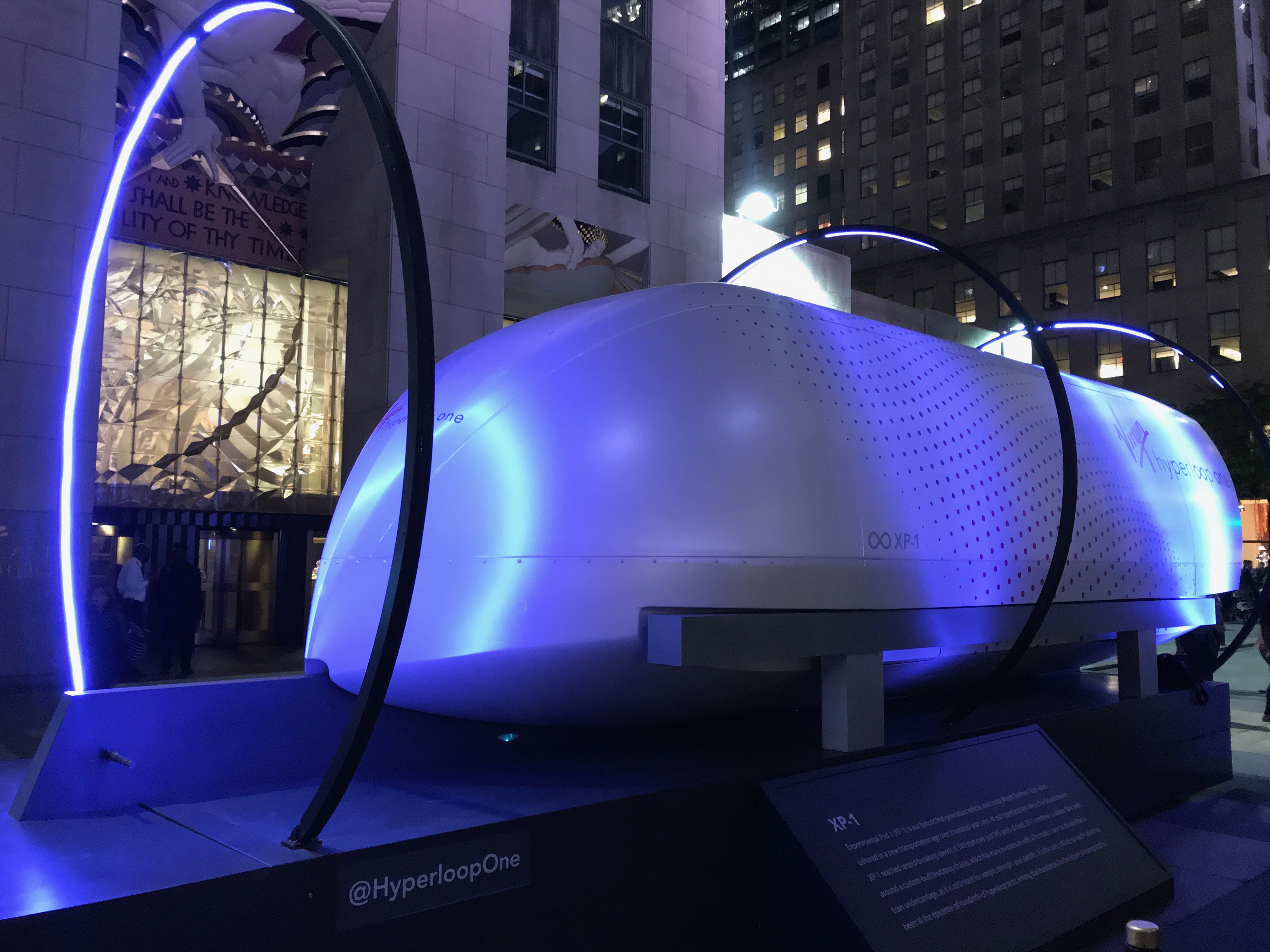Vacuum Trains Could Cross the Atlantic in One Hour

What’s the Latest Development?
New train technology could allow passengers to arrive in New York four hours before leaving their point of origin in London. By combining magnet levitation technology, currently used by Japan’s bullet trains, with vacuum-sealed train tunnels, passenger cars could reach speeds of 2,500 miles per hour. Ernst Frankel, Emeritus Professor of mechanical engineering and ocean engineering from MIT, tested such a vacuum system in the 1990s, allowing objects to travel at twice the speed of those contained by air-filled tunnels. The project was successful enough that his team proposed a vacuum-sealed transit system between Boston and New York.
What’s the Big Idea?
With our roads and skies becoming ever-more congested with traffic as well as pollution, a super-fast transport system would be a welcome technological innovation. And it seems our rail technology, which is more than 100 years-old, is due for an upgrade. The same technology could also be used to provide an inexpensive launch system for space vehicles. Dr. James Powell, co-inventor of magnet levitation technology, has proposed a system called Startram that uses a maglev vacuum train to launch objects into space. “If it is built, Powell says, it could slash the cost of putting vehicles into space.”
Photo credit: Shutterstock.com





